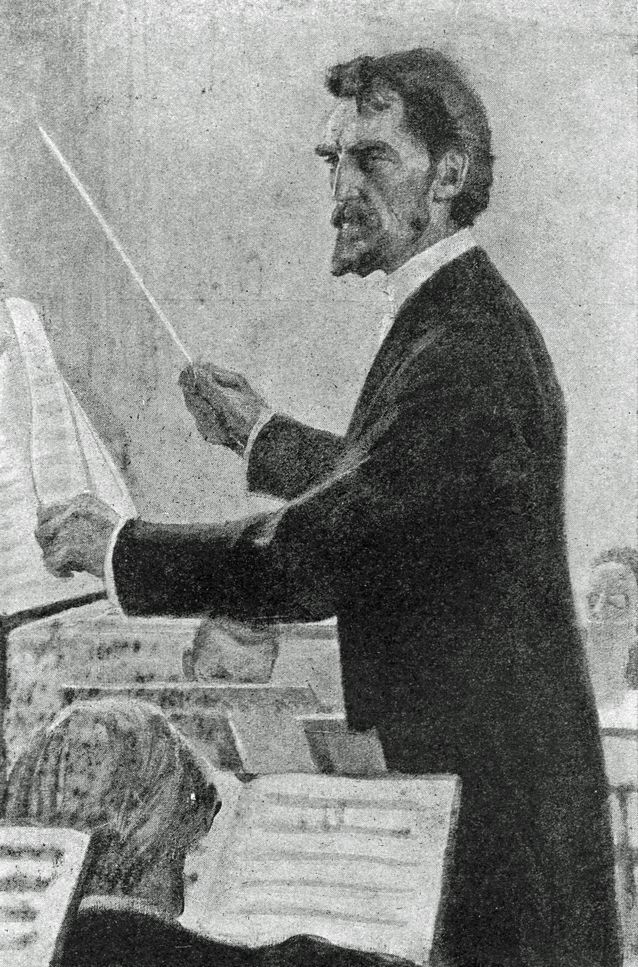Robert Kajanus
Born December 2, 1856, Helsinki. Died July 6, 1933, Helsinki.
Composer, conductor and music teacher, 1897-1926, Imperial Alexander University (University of Helsinki from 1919)
Director, Helsinki Orchestral Association, 1882-1895
Director, Philharmonic Society, 1895-1914
Principal Conductor, Helsinki City Orchestra, 1914-1932
Conductor, Muntra Musikanter Choir, 1883
Singing Teacher, Helsinki private school, 1883-1884
Director, Orchestra School, 1885-1914
Music Teacher, Imperial Alexander University, 1897-1926
Principal Conductor, Tampere Orchestra, 1898-1899, 1900-1901
Member, Board of the Finnish Opera, 1916-1933
Chairman, Union of Finnish Composers, 1917-1933
Chairman, National Selection Committee for Composers, 1922-33
Honours
Professor, 1908
Honorary Professor, Hungarian Music University, 1925
Honorary Doctor, University of Helsinki, 1932
Named after Kajanus
Kajanuksenkatu street, Helsinki, 1954
Photo: Suomen Valokuvataiteen museo / Carl Klein, Atelier Universal
Written by Riitta-Ilona Hurmerinta
Translated by John Calton

